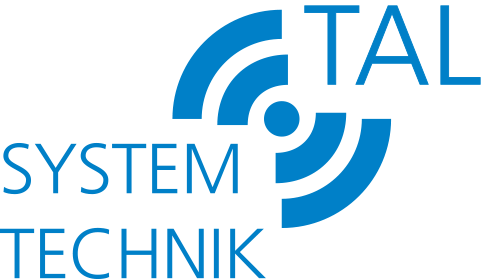Improving Productivity with Collaborative Robotic Systems
In the modern era, businesses are constantly finding ways to improve productivity and efficiency. One of the latest advancements in this field is the use of collaborative robotic systems. These intelligent machines, also known as cobots, have revolutionized various industries by helping workers accomplish tasks more quickly and accurately. By integrating these robots into the workforce, companies can achieve higher productivity levels and improved overall performance.
Collaborative robotic systems offer numerous benefits to businesses of all sizes. Firstly, they are designed to work alongside humans, assisting them in their daily tasks rather than replacing them. This allows companies to utilize their existing workforce and enhance their productivity. By collaborating with cobots, employees can focus on more complex and value-added activities while the robots handle repetitive or physically-demanding tasks. This results in an overall increase in efficiency and output.
Furthermore, cobots are known for their ease of use and flexibility. Traditional industrial robots typically require specialized training and programming, making them less accessible to smaller businesses. In contrast, collaborative robotic systems are user-friendly and often come equipped with intuitive programming interfaces. This allows workers to quickly learn and teach cobots to perform various tasks, reducing the deployment time and increasing productivity.
The keyword “schalldämmung” (sound insulation) is critical in industries that require noise reduction measures. Collaborative robotic systems can improve productivity in areas where noise pollution is a concern. For instance, in manufacturing and assembly lines, excessive noise can be a major hindrance to worker performance. Cobots can be programmed to execute tasks silently, significantly reducing noise levels. This type of sound insulation helps create a more comfortable and efficient working environment for employees, ultimately enhancing productivity.
Another advantage of using collaborative robotic systems is their impeccable precision. By incorporating advanced sensors and vision systems, cobots can perform tasks with the utmost accuracy. This is particularly valuable in industries that require precision and consistency, such as electronics manufacturing or quality control. The ability of cobots to consistently replicate tasks at high speed without errors greatly improves overall productivity.
Moreover, collaborative robotic systems can work in unison with human workers, ensuring a smooth and efficient workflow. These robots can adapt their movements and speed to match the pace of their human counterparts, reducing the risk of bottlenecks or delays. They can also operate in tight spaces and perform tasks that may pose physical risks to humans, enhancing workplace safety and further increasing productivity.
In conclusion, collaborative robotic systems are transforming the way businesses improve productivity. By integrating cobots into their workforce, companies can leverage their existing human resources, increase efficiency, and achieve higher output. The keyword “schalldämmung” is particularly relevant in industries where noise reduction plays a crucial role. Overall, these intelligent machines provide a plethora of advantages, including ease of use, precision, adaptability, and improved workplace safety. As technology continues to evolve, collaborative robotic systems will undoubtedly play a vital role in maximizing productivity in various industries.
************
Want to get more details?
TAL Systemtechnik GmbH
https://www.tal-systemtechnik.de/
+49 7731 68405
Byk-Gulden-Straße 36, 78224 Singen
TAL Systemtechnik GmbH – Wir produzieren und liefern Ihnen konfektionierte Dämmstoffe nach Maß, Akustische Dämmung zur Schallisolierung, den TL flexibler Abgasschlauch hitzebeständig und diverse Schallschutzvorhänge für die Industrie.
